Archived Blogs
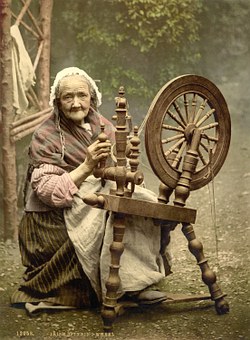 When did shopping become a form of entertainment? And when did it become ok to discard an outfit after wearing it only one day? Well, let me tell you... In the 1800’s, if you wanted clothing...somebody was going to have to grow the cotton and weave the cloth--and that took time! It wasn’t until the Industrial Revolution and the creation of a sewing machine that clothing could be produced with more speed. And while that sounded like a good idea...that’s when sweat shops emerged. Workers were faced with long hours and deplorable conditions. Fortunately, labor laws were created that prevent this from happening in the USA. In the 1990’s, another big change occurred. We became a throw-away culture for the clothing we bought. It all started when the clothing store Zara came to New York in 1990. According to a New York Times article, it was the first place to offer “fast fashion”. Now this is what I used to think fast fashion meant... 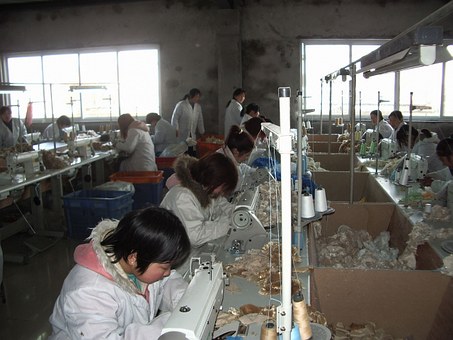 According to the dictionary, fast fashion is actually “inexpensive clothing produced rapidly by mass market retailers in response to the latest fashion trends”. Zara’s mission was to move a fashion from the designer’s brain to a store rack in a mere 15 days. The emphasis was keeping these trends affordable... or as one writer stated, creating the ‘democratization of fashion’. Now, for a relatively inexpensive cost, anyone could wear clothing similar to the top designers. It sounds like a good idea, right? Seriously, the cost of clothing is actually going down with the passage of time instead of up--like everything else! One article said that in 1901, clothing made up 14% of the budget. In 1960, that number dropped to 10.4% and according to the Bureau of Labor Statistics, in 2013 that number dropped to 3.1%. At this rate, pretty soon, our clothing could be free.... One quote I read was "Fast fashion isn't free. Someone, somewhere is paying." Obviously, it’s the workers who are slapping these outfits together in record time. After all, you may think that there’s only 4 seasons but when it comes to shopping...there’s 52 micro-seasons. (I had no idea, did you?) Stores like H&M, Forever 21, Top Shop come out with a new collection every week. They copy a trend and produce it quickly with low quality materials. What’s the harm with that? In 2013, in Bangladesh a clothing manufacturing complex collapsed and killed over a thousand workers—drawing attention to these businesses that are not putting safety into their business model equation. My favorite quote was from Orsola de Castro (Co-founder of Fashion Revolution Day): Demand quality, not just in the products you buy, but in the life of the person who made it. Maybe it's hard to relate to someone on the other side of the world. But you might be paying too... With your health. The Center for Environmental Health expressed concerns about lead contaminated purses, belts and shoes and their possible role in causing infertility. Did we think we could just ignore the toxic dyes and chemicals used in the manufacture of these products and that our bodies...and our environment won’t be impacted? Can we talk abut happens when we dispose of those outfits? Maybe you don’t realize how much we’re throwing away. In 2017, in the United Kingdom, 235 million pieces of clothing went to the landfills. The population is only 66 million. The US contributes 11 million tons to our landfills...approximately 80 pounds per person! Fashion is the 2nd largest polluter of clean water. Polyester is made from fossil fuels. Tiny microfibers shed and leave plastics in our ocean. Pesticides get in our ground water from farms that grow cotton. And we keep making more and more and more. It’s okay as long as you don’t throw it away, right? You just need to donate it! Did you know that less than 50% of donated clothing makes it to another home to be worn? Most of it goes to landfills and incinerators. And don't even think about composting our clothing. Those bleaches, dyes and chemicals leach into our groundwater. Even the third world countries who used to accept our used clothing...are no longer interested. Kenya, Pakistan, Malaysia....all refuse to accept any more of our throw-aways. So if these cheap (but very fashionable) outfits are bad for our health and our world...what can we do?
Ask yourself a question.... Am I buying this to make me happy today or... Is this something I can use for years? buy less, choose well, make it last--British designer Vivienne Woodward.
0 Comments
Leave a Reply. |
Archives
October 2020
Categories |
COPYRIGHT 2017 SUSAN BADARACCO | Site Credits

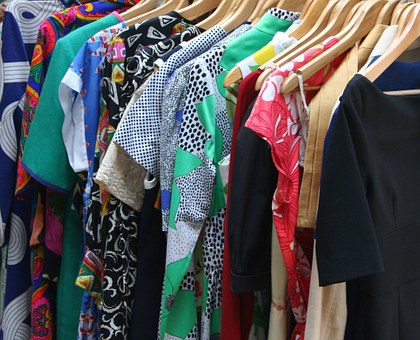

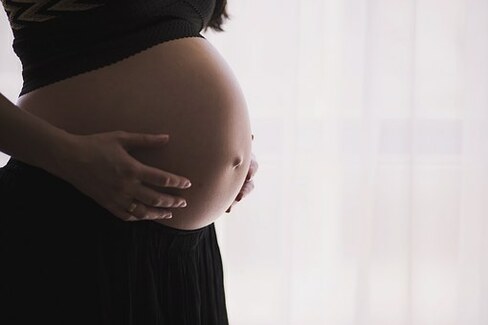
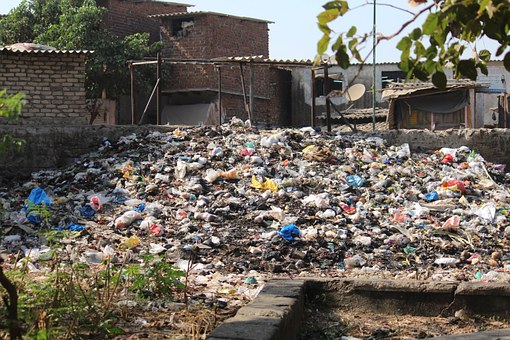
 RSS Feed
RSS Feed